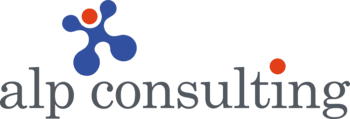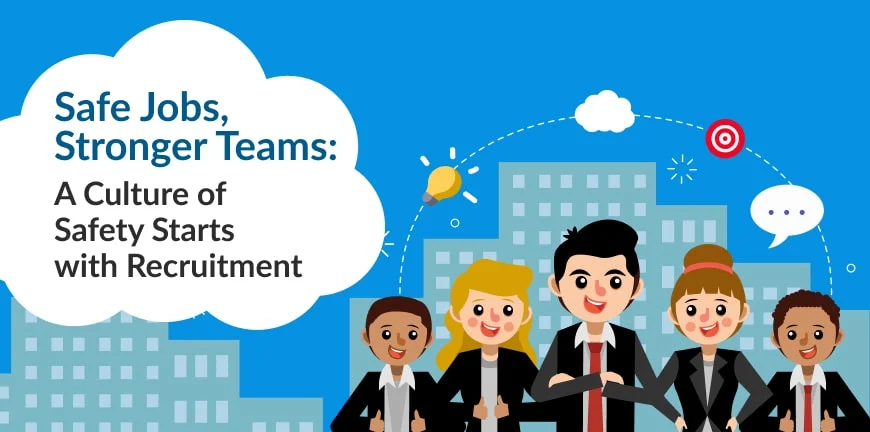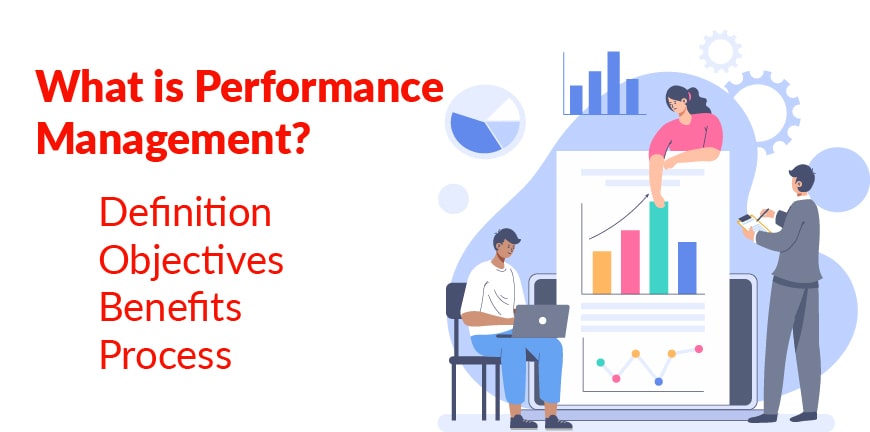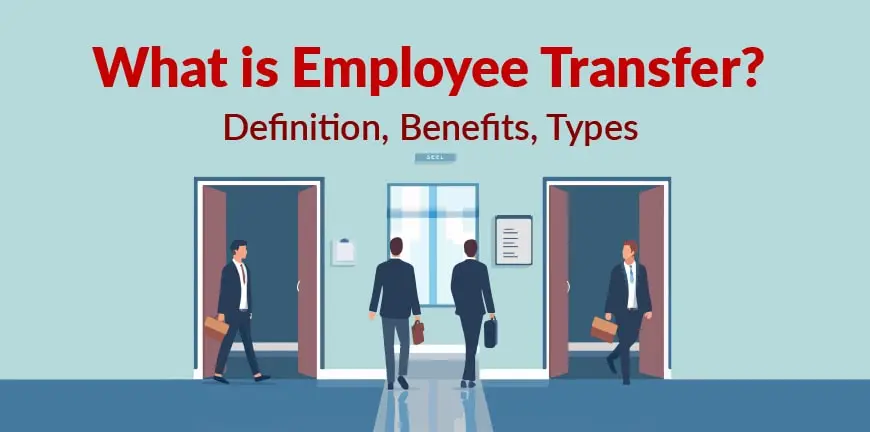
What is Candidate Sourcing: Definition, process, and examples
02/05/2025
What is Contingent Workforce Compliance and Best Practices?
02/05/2025“Fight For Our Lives, Safe Jobs Now”, the war cry for International Labour Day 2025 reverberates intensely in a world where the true meaning of a safe job has transformed forever. Safety in the workplace is no longer about safety helmets, fire drills and first-aid kits. In today’s work landscape, it means more like physical protection, psychological safety, emotional well-being, and the dignity of being heard and spoken.
As the pandemic dust settles and global labour movements gain momentum, more than policies, workers are demanding promises. The fact of the matter is that the road to a truly safe workplace does not commence at the factory floor or office door. It starts long before at the time of recruitment.
The hiring process today no longer resorts to resumes and roles. it is where trust begins. Recruitment is the first line of defence when it comes to creating a safer, stronger and human-centric workplaces. It is the part where candidates will know whether organizations value them, or they do not.
Recent statistics emphasize that safety is not just an operational concern but a core business risk impacting the employee well-being, productivity, and organizational reputation.
Global employee engagement dropped from 23% in 2023 to 21% in 2024, with manager engagement falling from 30% to 27%.
Seventy-one% of Generation Z employees and 59% of Millennials report unhealthy work health scores, compared to 52% of Generation X and 42% of Baby Boomers
Redefining Safety in the Modern Workforce
The word safety has taken on a broader, more holistic meaning in today’s knowledge and service driven economy unlike traditionally where the word suggested images of construction zones, helmets, and physical hazards. Today safety is all about the following factors:
1. Physical Safety: Safe Working Conditions
Today physical safety is beyond worrying about traditional industrial hazards now they include health protocols like COVID-19 precautions, regular sanitation, and updated workplace safety standards. Companies must ensure hazard free environments that are clean with proper ventilation.
They must implement comprehensible designs that support long hours at desks or workstations. Physical safety is also a significant aspect now and organizations must proactively adapt to new health threats and prioritize employee well-being in everyday operations.
2. Mental and Emotional Safety
Mental and emotional well-being is just as important as physical security. Individuals feel empowered by psychological safety to express ideas, concerns, or mistakes without fear of reparation. Celebrating diversity and fostering a sense of belonging for people of all backgrounds in inclusive environments makes room for flourishing operations.
There is always an increasing risk of burnout aggravated by remote work and blurred boundaries and organizations must advocate work-life balance, access to mental health resources and reasonable workload. To strengthen engagement, creativity, and loyalty across teams. emotional safety needs priority.
3. Digital Safety and Data Privacy
As remote and hybrid work models gain traction, digital safety becomes the prerogative of organizations. Protecting employee and organizational data is a vital element of everyday work life and no longer a back-office IT concern.
Investing in strong cybersecurity measures like secure VPNs, two-factor authentication, and phishing awareness training must be a significant step for companies to protect remote workers from surging cyber threats. Data privacy is also a way of building trust, ensuring employees feel safe and confident that their personal information is shielded.
4. Economic Safety: Fair Salaries, Job Security
Economic safety is all about making employees feel financially stable so that they can lead a life with dignity and plan for a pleasant future. Offering fair, competitive salaries aligned with the cost of living along with reliable and predictable work hours must be the aim of an organization.
In today’s work landscape, contract roles have made the lines of employment security vague. Today employees deserve and expect a sense of clarity, consistency, and protection. Companies prioritizing economic safety along with fulfilling a moral obligation also enhance the scope of employee retention and brand reputation.
The Role of Recruitment in Building a Safety-First Culture
Organizations send a powerful and profound message by highlighting safety and making it an authentic part of recruitment. The moment they begin interactions during the recruitment, it is when expectations are set. It is not just about highlighting a job opening but about demonstrating the values of your organization.
Job Descriptions Reflecting Values
In today’s market, just a list of duties and qualifications does not define job descriptions they are a company’s first chance to display what it truly values. Highlighting your approach to workplace safety conveys a clear message that the wellbeing of the worker’s matter.
It could be focusing on COVID-19 protocols or ergonomic assessments, or safety training, candidates are interested in knowing how initiative-taking you are in terms of their physical and psychological health.
Stating or talking about options like remote or hybrid work, flexible hours, wellness programs, or access to mental health resources showcases your company’s commitment to the employees and that you consider them to be humans and not just output generators.
Outline your diversity, equity, and inclusion (DEI) initiatives like inclusive hiring practices and leadership training demonstrating that you are creating a culture of belonging.
Transparent Employer Branding
In today’s day and age job seekers are well informed and more discerning. Before applying candidates usually research about the company they are looking at on the net, browsing social media platforms of the company, reading employee testimonials, and keeping track of the company news.
They are looking for a pay cheque but also looking for a place where they feel valued, safe, aligned, and empowered. To be your authentic self you as a company need to showcase real programs like flexible work policies, mental health days, access to counselling, employee resource groups, inclusive leadership training and how you manage feedback and failure.
You can attract skilled talent by including genuine employee stories and testimonials o your social media channels and websites. No workplace is flawless, and candidates know that.
Interviewing with Empathy and Awareness
Interviews are not just about assessing how fit a candidate is for a particular role but in today’s talent-driven market, it is an opportunity for you to prove what it truly means to work at your company.
Job seekers are evaluating job roles but more importantly they evaluate and analyse cultures and how organizations prioritize employee well-being, safety, and respect. Your priority is to show them that you value people and not just productivity and for that you need to respect their time by being punctual, transparent about the process and accommodating of scheduling constraints.
Your brand requires a powerful ambassador a well-trained recruiter who can speak honestly about culture and safety. Your interview process should reflect the kind of workplace experience you promised to attract and retain top talent. You will have to transcend questions and resumes and turn every interaction into a trust building opportunity.
Screening for Safety Culture Fit
In today’s modern work environment, culture fit is not about shared hobbies or personality traits any longer, it is shared values, in terms of safety, respect, and inclusion.
While screening when companies are searching for candidates’ candidates who align with their mission and goals, they must also evaluate individuals who are active contributors to a safety culture, psychological well-being, and mutual respect. Recruiters should design behavioural interview questions to find out whether a candidate will help create and not disrupt a psychologically safe and inclusive work environment.
A resume might bring forth the technical expertise of a candidate but will not reveal how a candidate behaves under pressure, supports teammates, or manages conflict.
Follow-Through Post Hiring
Hiring a candidate is more than filling job toles, it is the commencement of a relationship built on trust. The promises made by you during the recruitment process like providing a supportive, safe, and inclusive workplace, onboarding is where these promises will have to be proven right.
New hires must experience the values taking shape from day one. To truly instil a culture of safety, onboarding needs to cut across systems, training and office tours and reinforce that safety is a core business priority.
New hires should receive comprehensive yet accessible training on workplace safety protocols like fire procedures, ergonomics, and COVID-19 or health precautions.
They should be made aware of digital security practices, like password hygiene, phishing awareness, secure access for remote teams, and data privacy guidelines.
Safety-Focused Recruitment Bolster Teams
By integrating safety physical and psychological into the foundation of their recruitment practices and work environment, companies are preparing for long-term success as they will be experiencing tangible, far-reaching results. The corner stone of high-performing teams are trust and security.
Companies demonstrating a genuine commitment to safety make employees feel free to state their opinions and express their ideas without the fear of judgement. Safety also fosters loyalty as workers are more willing to stay in environments where they feel safe, respected, and valued.
A culture of safety draws diverse talent into the workplaces where they are heard and seen without bias. Secure teams that feel protected and empowered can adapt well even when the organization faces challenges. In the end, stable environments create a space where individuals can perform to the fullest and thrive along with the organization.
In today’s age, top talent has an array of options and to secure the best of talent companies prioritize humanity. It is not just a matter of checking a box but a strategic investment in human potential.
When safety is embedded in the DNA of your companies hiring process then it is a shout out to the world that for you along with skills people matter. It is not just about creating better workplaces, but positioning yourselves as leaders to power commitment, innovation, sustainability, and long-term success.
Contact Us For Business Enquiry

Rajkumar Shanmugam
Rajkumar Shanmugam is the Head of HR at ALP Consulting, bringing over 19 years of comprehensive HR leadership experience across India and international markets. His expertise spans talent acquisition, employee relations, performance management, compliance, and HR transformation. Rajkumar has a proven track record of driving people-centric initiatives, enhancing workplace culture, and aligning HR strategy with business goals. With extensive experience in US staffing operations and global mobility, he continues to lead organizational excellence through innovation and employee engagement.




